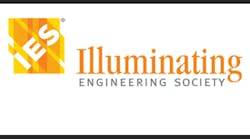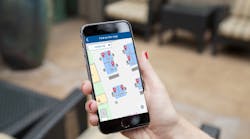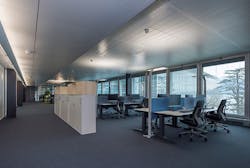In a pilot project at the Nestlé offices in the Swiss town of Vevey, the lighting infrastructure is responsible for much more than just light. The luminaires have been equipped with sensors that monitor the way the office is being used and measure the quality of the air, including factors such as ambient temperature. These metrics can then be used to improve the working environment and optimize space utilization. The goals included flexible desk management, improved air quality and reduced operating costs.
The system developed by Zumtobel Group Services (ZGS), Dornbirn, Austria, demonstrated energy cost savings from the outset. The results of a three-month test period that started in February 2018, showed that the ZGS solution can lower operating costs by up to 20 per cent.
ZGS installed 15 customized free-standing luminaires for the pilot project in a test area with 30 workstations, where each fixture illuminates a double workstation. Integrated sensors collect anonymous occupancy data and general information about the environment – easily checked and interpreted via a web-based dashboard.
Over the course of the three-month trial period, ZGS carried out additional in-depth analysis of the information gathered and supported the customer with expert advice. “The pilot project offered us not just the chance to test the practicality and implementation of the desk-sharing concept, but also to show our customer the potential for optimisation,” said Georg Terlecki-Zaniewicz, project manager IoT from ZGS. “The results show savings of up to 20 per cent in terms of energy and overhead costs. At the same time office carriers can provide a pleasant and more productive working environment for their employees.”
The free-standing luminaires enable the sensors to be located close to the users, where they can directly track aspects such as air quality, temperature and ambient noise level. An integrated wireless module also increases the flexibility of the entire concept, as the luminaires do not require a separate cable to transmit the information.
The pilot demonstrated how lighting can provide a perfect infrastructure for sensors programmed to monitor air temperature, humidity and air pressure, as well as carbon dioxide and volatile organic compound (VOC) values. These findings can then be used to automate and optimize the operation of the heating, ventilation and air-conditioning (HVAC) system as and when required, which in turn lowers energy costs. Additional sound pressure sensors in the luminaires can also gauge the noise level and identify particularly noisy areas.










